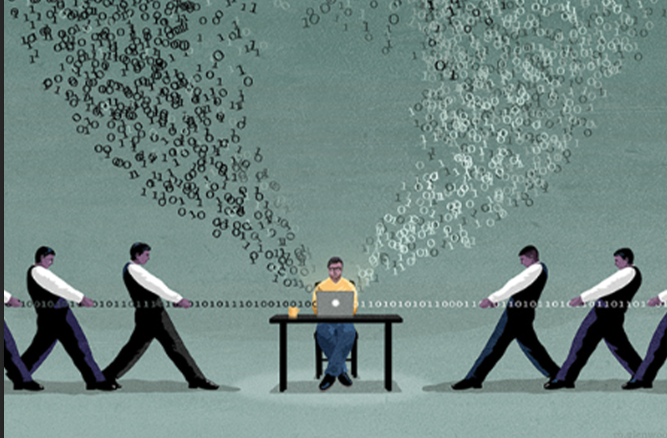Dear Clients and Friends,
In July of 2006 something revolutionary happened and no one seemed to notice. The website “Twitter.com” launched an instant messaging service. The three partners of this new venture had no idea what it would be used for, but they all considered it innovative and cool. At first little attention was paid to this new tool, but 6 years later it boasted over 100 million users.
Ideas that have significance are almost always obvious in hindsight. Twitter is no exception, and once it had captured the imagination of the masses it became something that garnered significant attention. While IBM was working hard to dominate the tech industry in the 1970s, a few west coast groups were working to create the personal PC and the software that would power that computer. We know these businesses today as Apple and Microsoft, but the likelihood of their success in 1980 was almost nil. In medicine we like to say, “there are no zero probability events”, and in finance it is much the same, common things are common, but ruling out the uncommon is the job of the technician.
So, what seems likely today may not be as likely as we think. For most of human history, man has lived with a very infantile notion of risk, and it wasn’t until the late in the 17th century that probability theory, put forth by Pascal and Fermat, was introduced. Once the theories of probability were mixed with the financial risk of human activity, the modern world of insurance was born. With the advent of modern risk mitigation came the science of risk taking, which prior to that had been the purview of Priests and Philosophers. As these ideas matured it became apparent that the human perception of risk is very different than the actual probability of risk.
The aim of this writing is to drive home the point that what is likely, is not always what is probable. The probability of Bitcoin becoming a worldwide success as a block chain currency was high as they were the first mover in a new technology without competition. But very few found Bitcoin to be a likely success as reflected in the lack of attention it received. The probability in 1980 of IBM remaining dominant in tech for decades was low; but the average investor, judging by the price of their shares over that time frame, deemed it likely. The risks that we have today in our markets are not obvious, and one might argue that the fact they are so elusive makes them risks. What we can say is the probabilities are more certain, so if growth investments have outperformed value investments for years, the probability of this continuing trends lower every year this outperformance persists. Investments that look like a ‘sure thing’ today are will probably look less like a ‘sure thing’ over time.
The opinions voiced in this material are for general information only and are not intended to provide specific advice or recommendations for any individual. All performance referenced is historical and is no guarantee of future results. All investing involves risks including loss of principal. No strategy assures success or protects against losses.
The economic forecasts set forth in this material may not develop as predicted and there can be no guarantee that strategies promoted will be successful.

